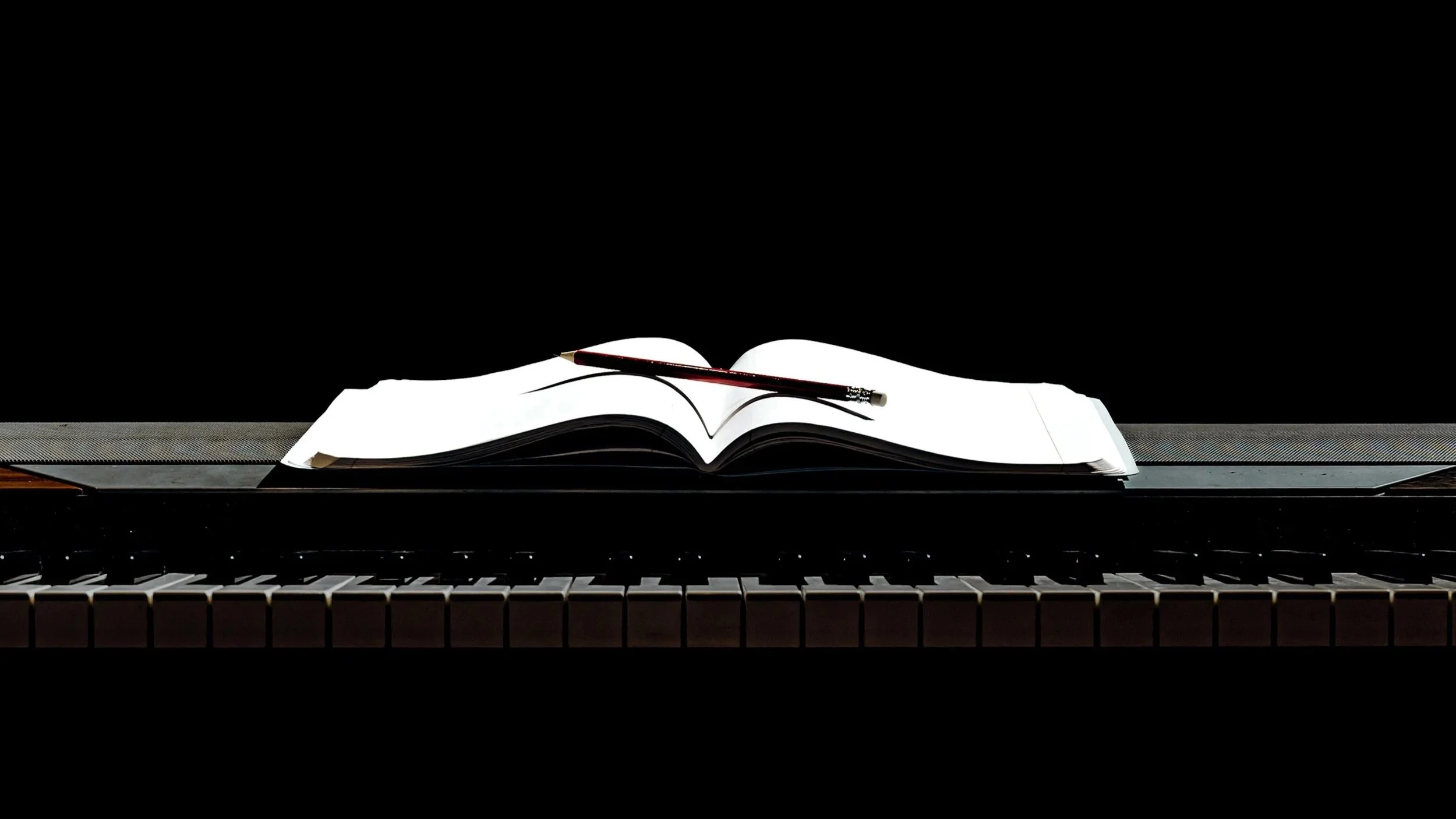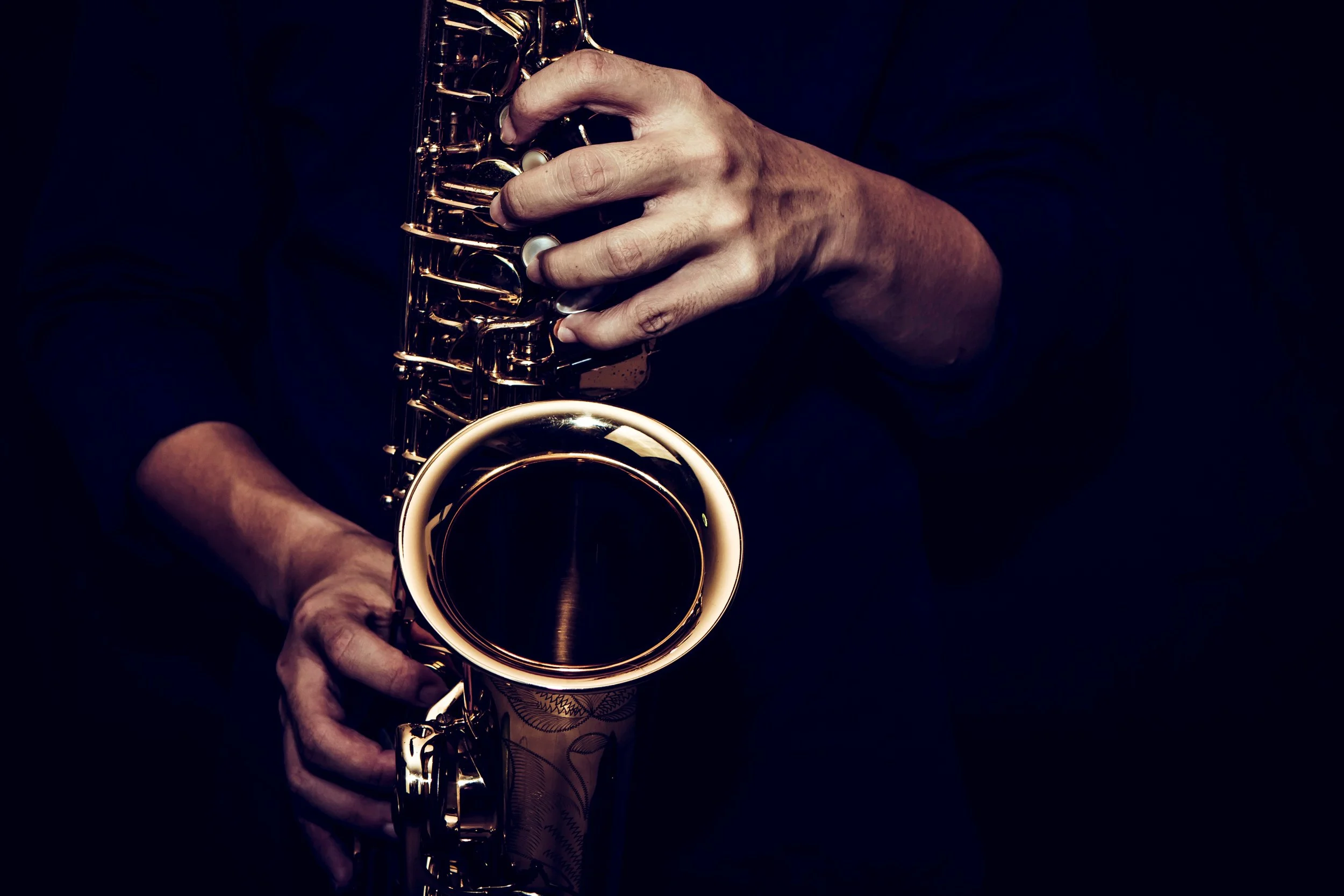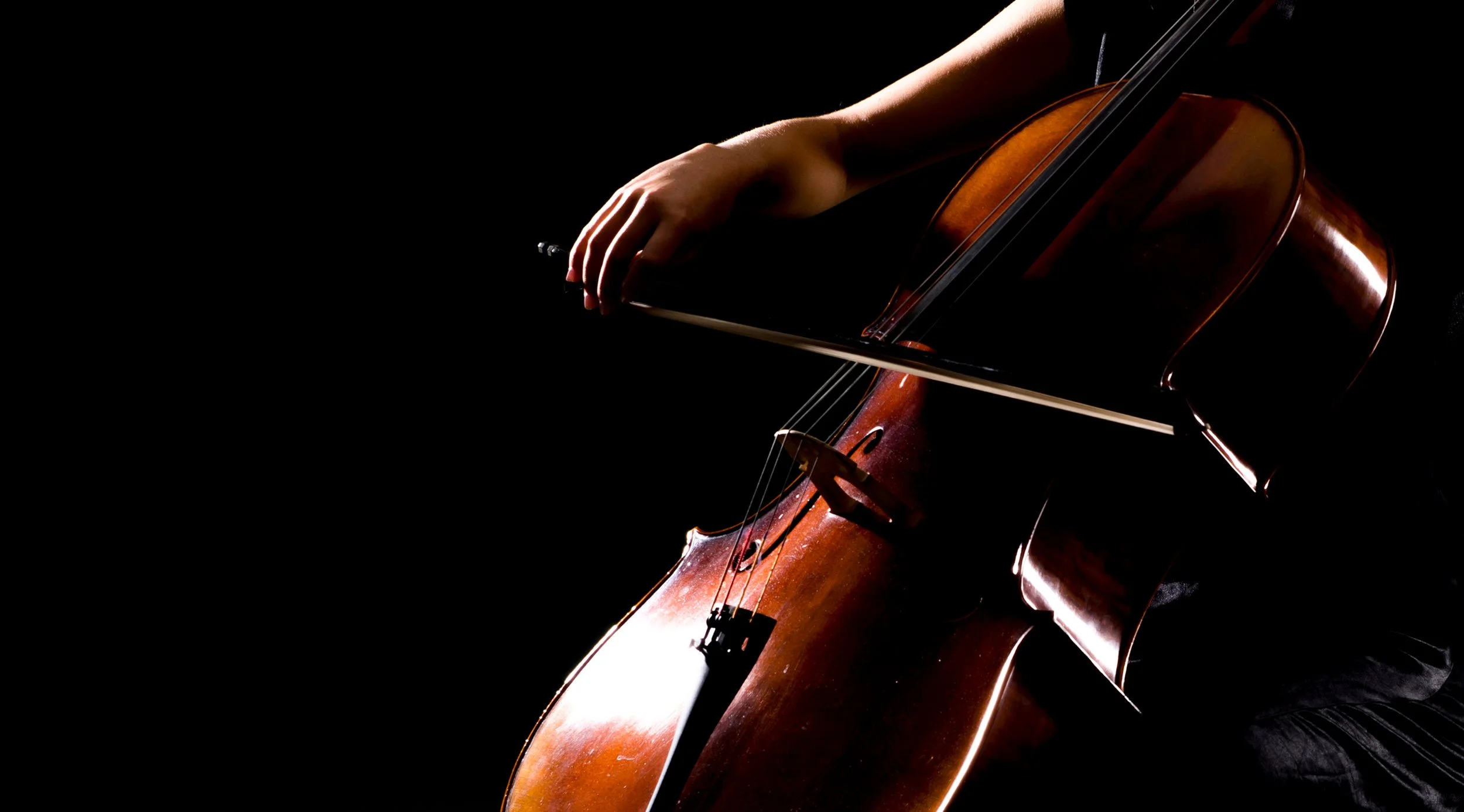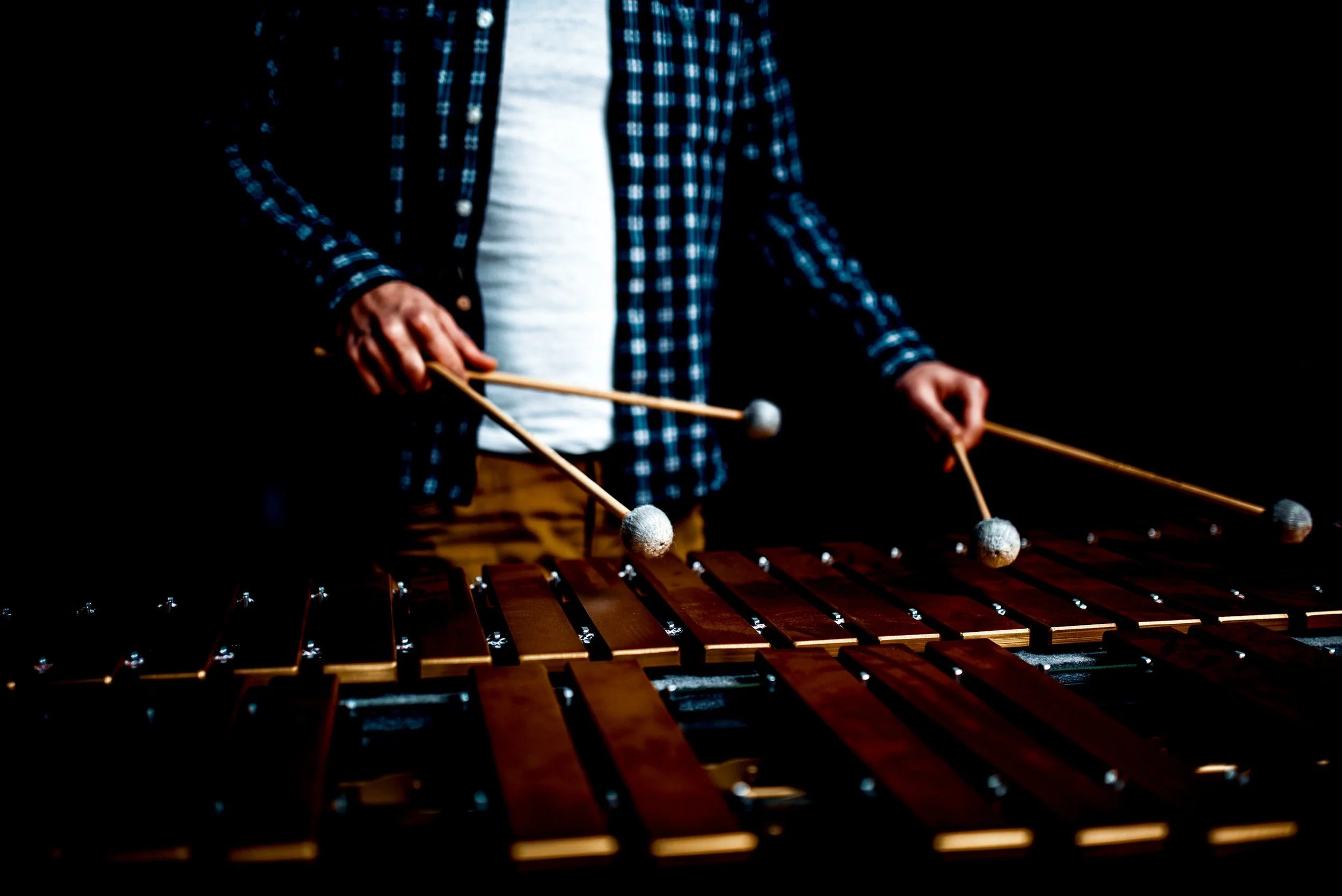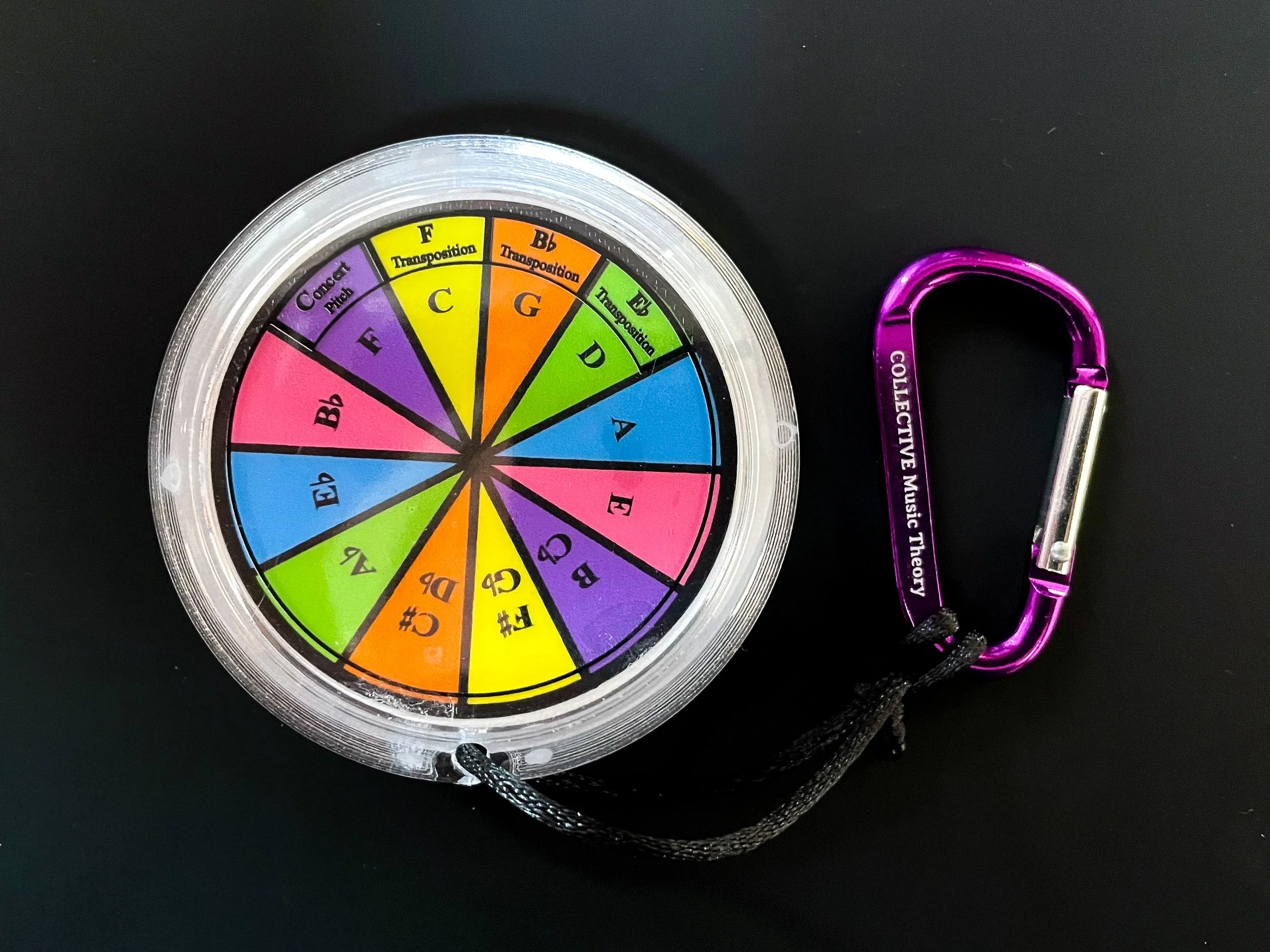
An interactive approach to exploring musical form and structure through performance.
COLLECTIVE Music Theory is a new classroom approach to teaching and learning music theory.
Students actively learn musical form and structure while playing their primary instrument in a collaborative setting. This approach is fundamentally different from traditional, lecture style music theory classes that rely on singing and listening examples in classrooms. Collective Music Theory explores the written, visual and aural recognition of musical features with students: clapping, singing, listening to, creating, and playing music. Our goals:
Develop pre-college and college music theory courses that are active and engaging by teaching students through musical experiences on their primary instrument.Teach and promote proficiency in playing, writing and recognizing structural components such as: diatonic collections/key signatures, scales, intervals, and triads/arpeggios.Explore connections between musical form and performance practices, to explore musical meaning and develop skills, including improvisation and memorization.Build strong foundations in rhythm, fixed-do solfège, scale degree singing, and sight-reading.Encourage reading of and performing from musical scores.Develop confidence in solo and chamber music performance by developing leadership and ensemble skills, including tuning and balance.Create awareness of melodic and harmonic movement in music.Empower and encourage students to compose and explore music.Celebrate the diversity and infinite potential of our musical world by introducing students to a variety of genres and artists.
Download the CMT Foundations App in the Apple Store!
For iPad and iPhone


